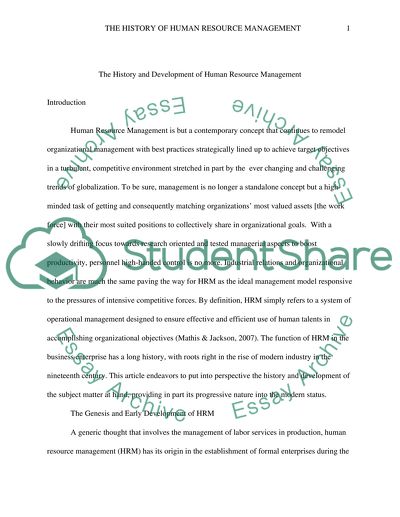Cite this document
(“The History of Human Resources Management Research Paper”, n.d.)
The History of Human Resources Management Research Paper. Retrieved from https://studentshare.org/human-resources/1482486-the-history-of-human-resources-management
The History of Human Resources Management Research Paper. Retrieved from https://studentshare.org/human-resources/1482486-the-history-of-human-resources-management
(The History of Human Resources Management Research Paper)
The History of Human Resources Management Research Paper. https://studentshare.org/human-resources/1482486-the-history-of-human-resources-management.
The History of Human Resources Management Research Paper. https://studentshare.org/human-resources/1482486-the-history-of-human-resources-management.
“The History of Human Resources Management Research Paper”, n.d. https://studentshare.org/human-resources/1482486-the-history-of-human-resources-management.


